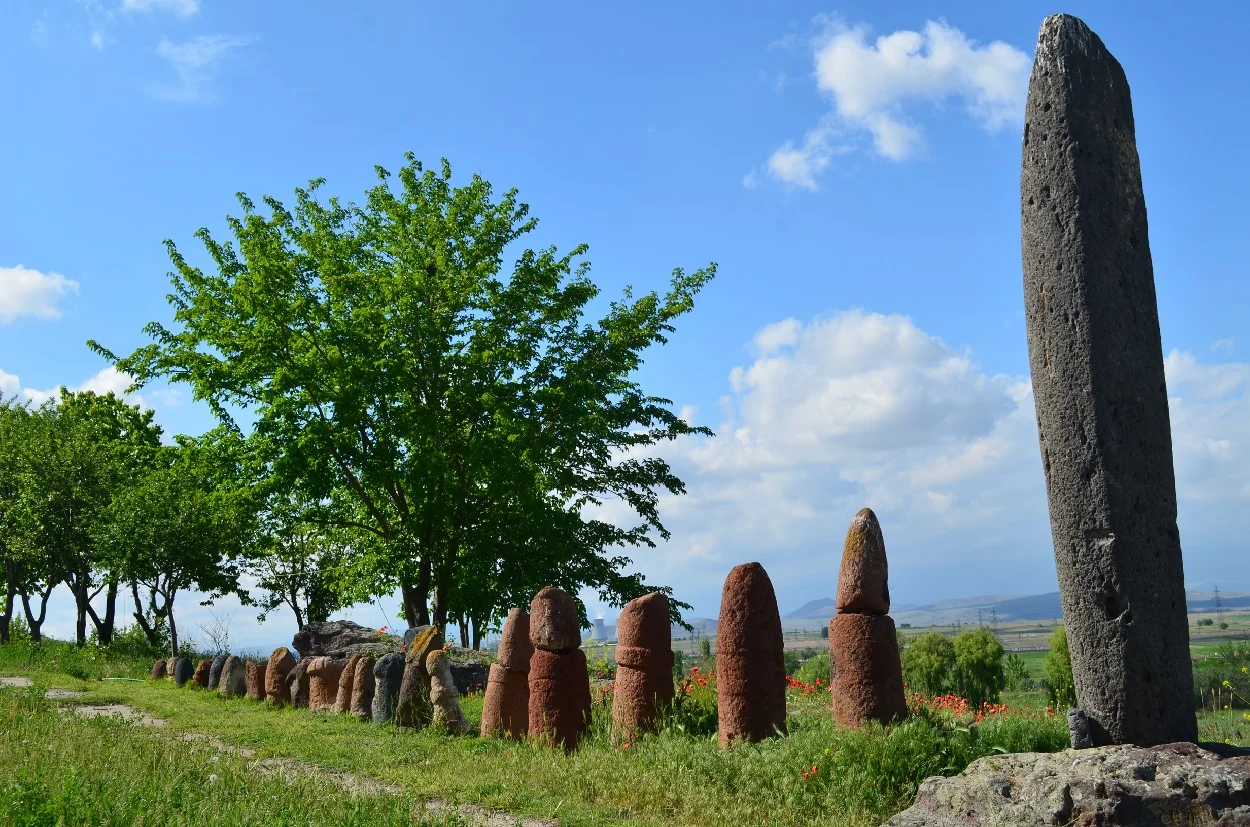A new study, published in the journal npj suggests that the mysterious dragon stones found across the highlands of Armenia may relate to water veneration practices of communities over six millennia ago.
Dragon stones, generally referred to as vishaps, are megalithic stelae carved with animal imagery such as fish, bovine hides, or hybrid motifs.
Situated at altitudes of between 1,000 to 3,000 metres above sea level in the Armenian highlands, the purpose of these monuments has long puzzled archaeologists for decades.
As part of a large-scale analysis led by Vahe Gurzadyan and Arsen Bobokhyan, the researchers compiled data using GIS mapping, morphological measurement, elevation mapping, and statistical modelling of 115 vishap sites across Armenia.
According to the study authors: “The findings support the hypothesis that vishaps were closely associated with an ancient water cult, as they are predominantly situated near water sources, including high-altitude springs and discovered prehistoric irrigation systems.”
One particularly well-studied site, Tirinkatar on Mount Aragats, illustrates this relationship. Twelve vishaps occupy a sacred landscape, positioned above known irrigation canals and water catchment systems. Excavations have yielded organic samples dating some of its monuments to as early as 4,200–4,000 BC during the late Chalcolithic era.
Contrary to expectations, the study also found that that bimodal distribution of vishap altitudes suggests specific placement patterns, potentially linked to seasonal human activities or ritual practices.
The research challenges prior assumptions that high-altitude megaliths would be smaller or less common, offering instead evidence that their monumentality was intentional and meaningful.
Header Image Credit : Sonashen – CC BY-SA 3.0
Sources : npj – https://doi.org/10.1038/s40494-025-01998-z





